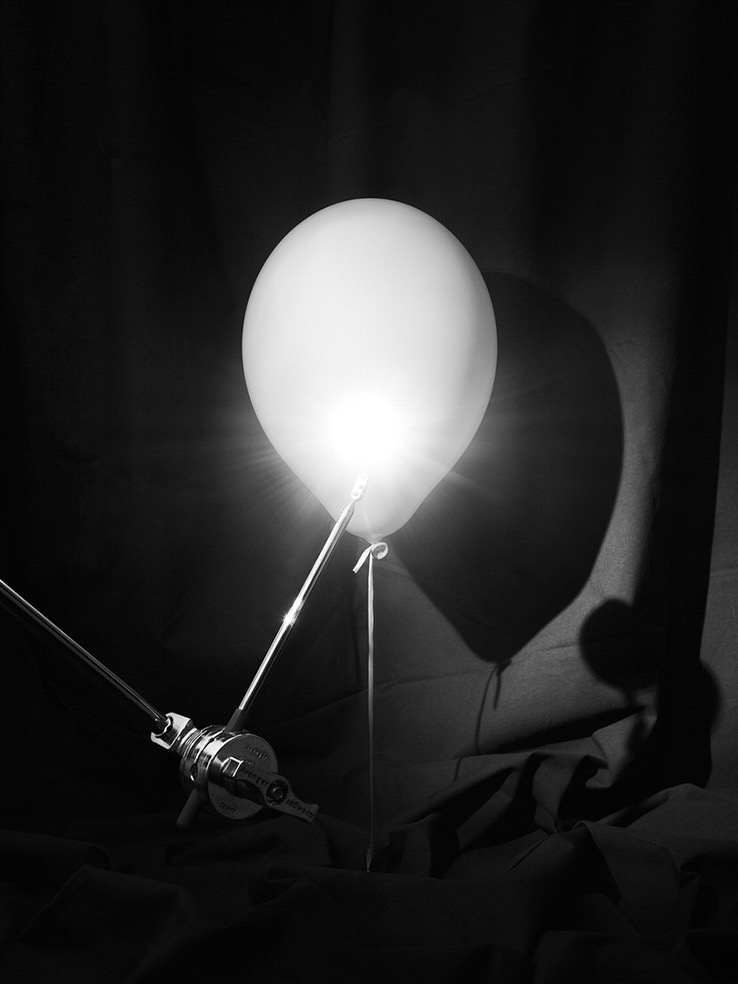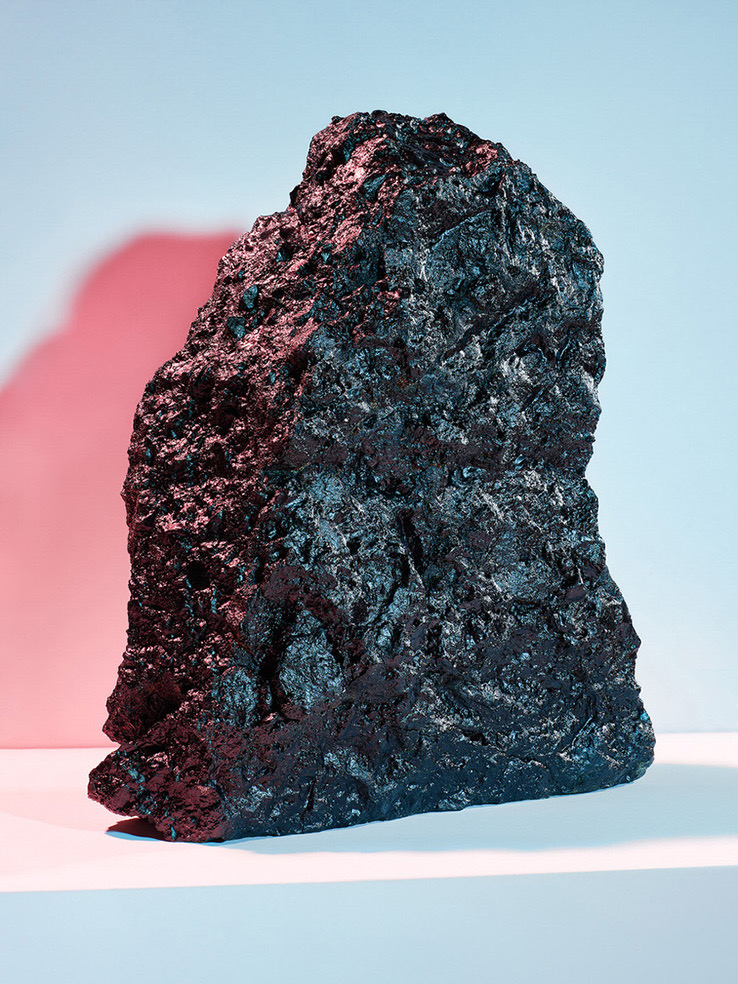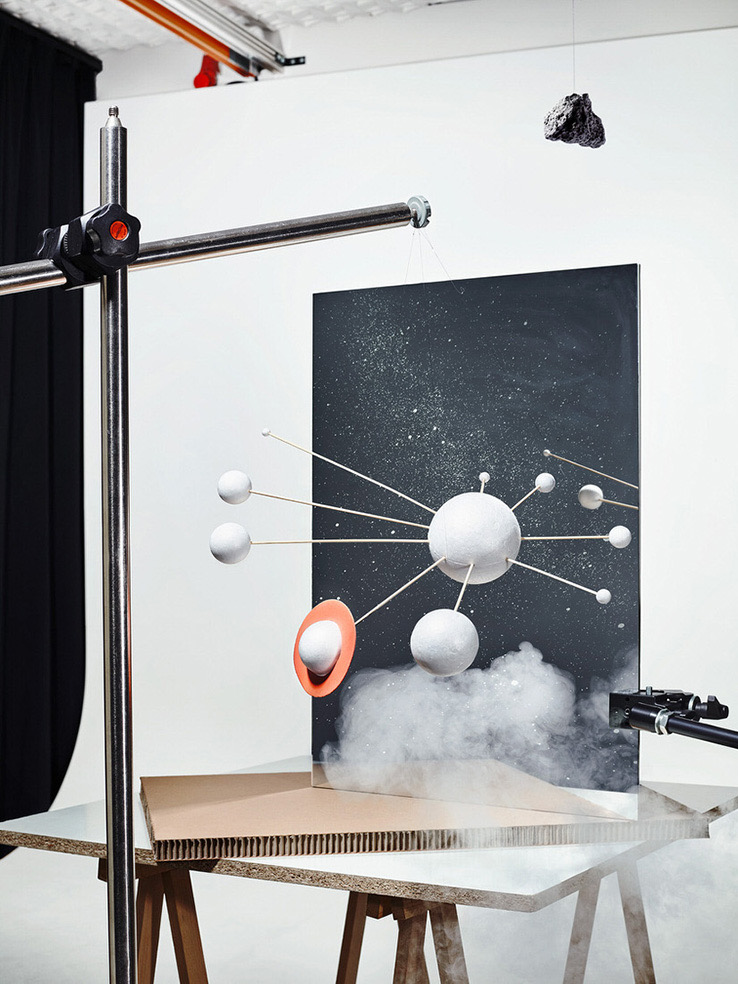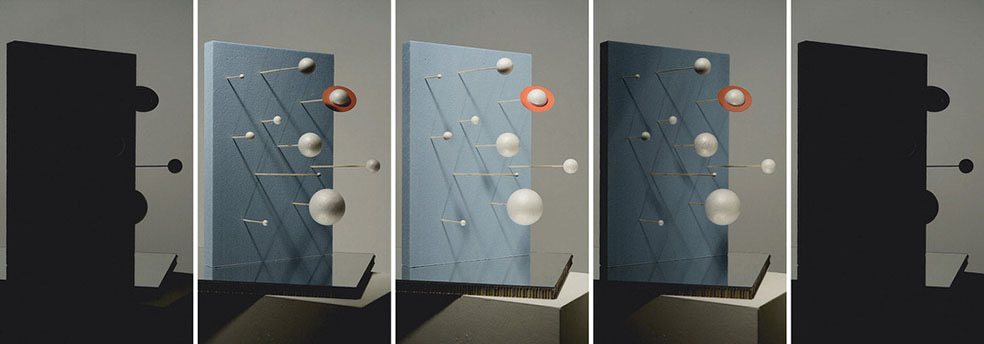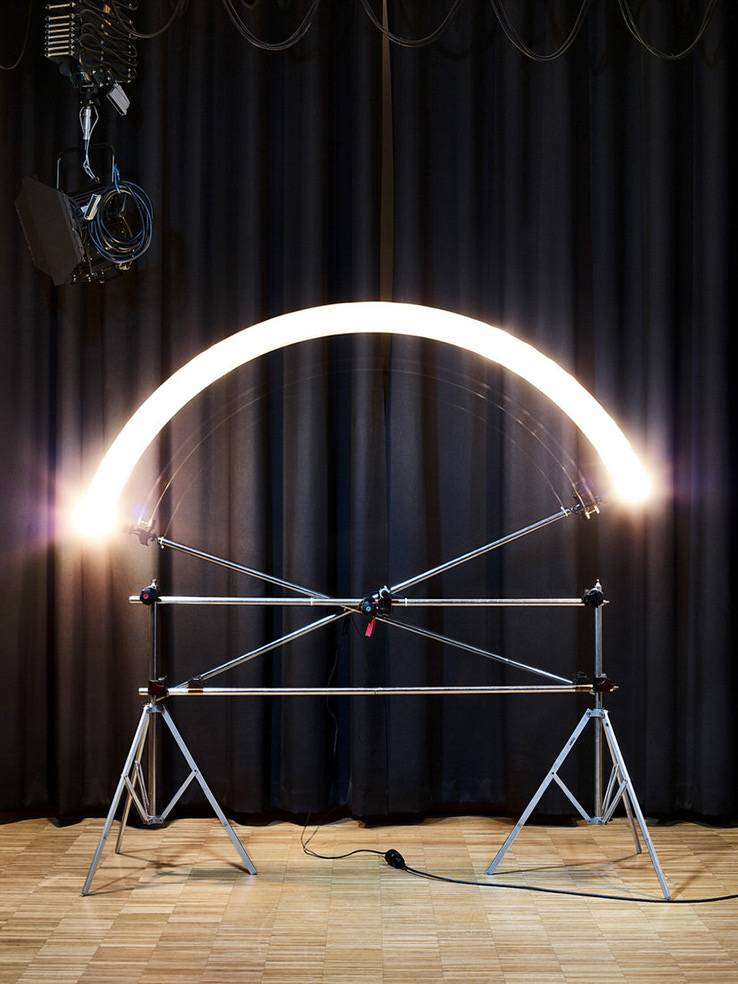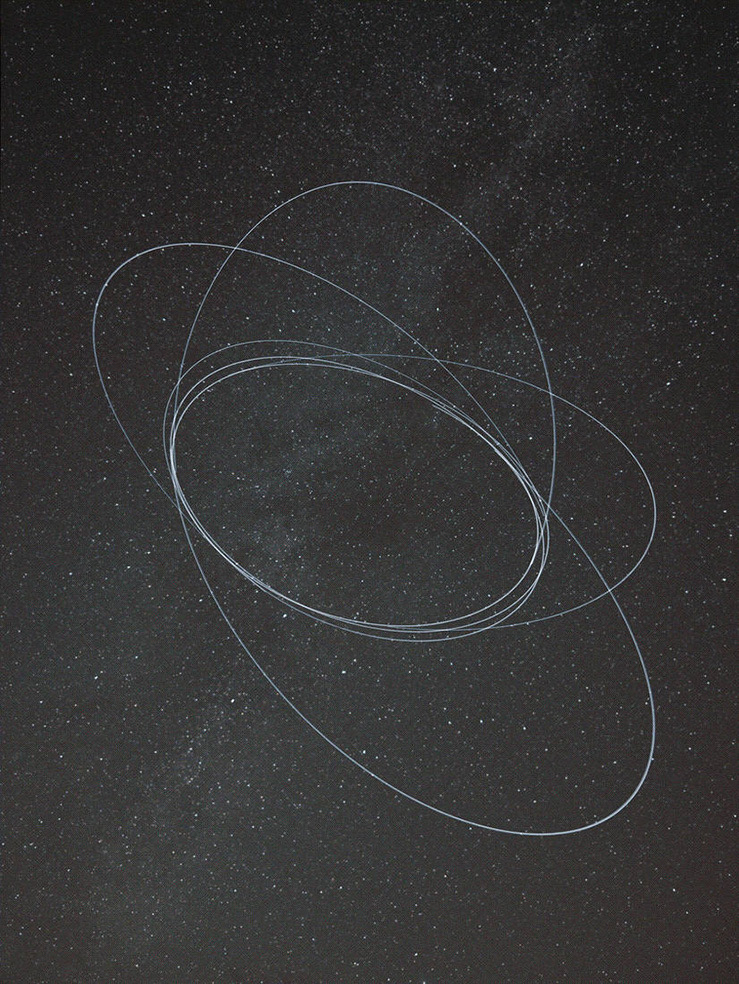In what way does human sensory perception take place in a high-tech world for connections outside of what is apparently possible?
For us humans, perception is first of all the recognition of an object or state in our immediate environment with the help of our 5 senses: smell, see, taste, hear and touch. These have been available to us since birth and can – to a certain extent – be trained, optimized and refined. With the help of technical devices, we can exceed the limits that are set biologically for us and expand them many times. It is now possible for us to see distant objects, to recognize the smallest living beings, to hear the faintest sounds, and often only on the basis of physical values, numbers or fluctuations on measuring lines. The perception of such, invisible subjects and states therefore often first takes place in an abstract way with values that are assigned to certain parameters and can be visualized based on this. The clear way of representing values is in a graphic, drawing or a scaled model. Since size relationships play a decisive role here, in some cases you are forced to not display the relationships of objects proportionally to one another in order to be able to ensure that they are clearly recognizable.
The series “Cognition” deals with this topic by using terms from the fields of physics and astronomy and presenting them in simplified models. The basic structure of the experimental setup is the equipment of a photo studio, but the objects used come from the general living environment and are known to all of us in shape and feel. This creates a legibility of the objects for the viewer without restricting the viewer’s contentual analysis.
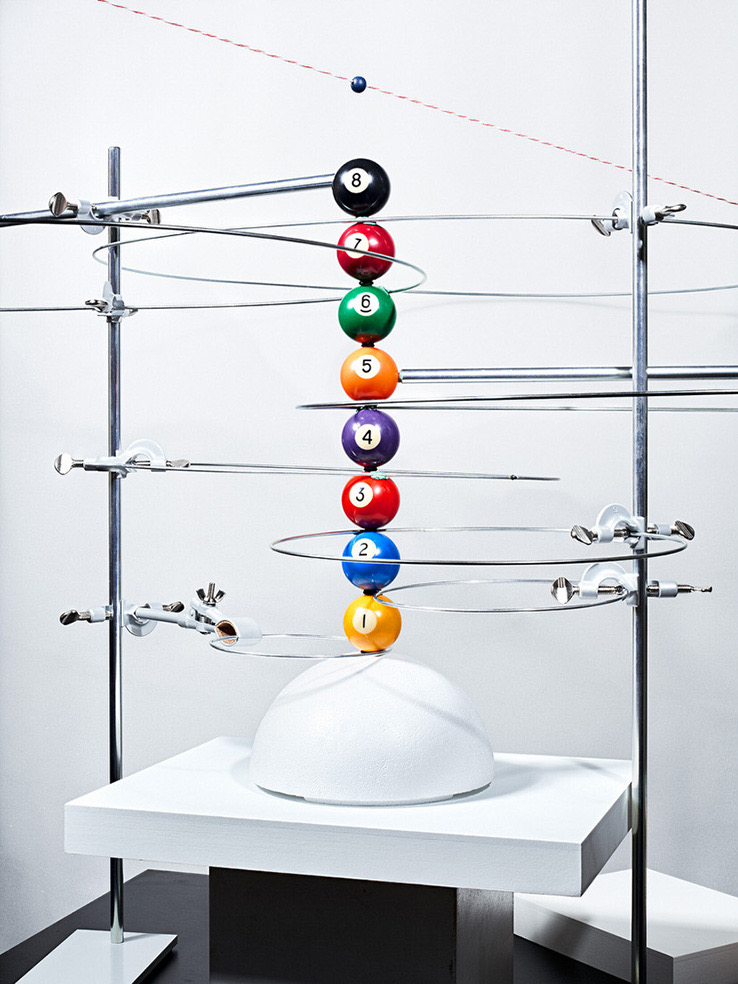
Felix Schöppner – Born in 1990 and raised in south Hesse, Germany. Since 2010 studying Communication Design at University of Applied Science Darmstadt with a focus on photography. Since 2012 working as a freelance assistant and digital technician for numerous national and international photographers worldwide as well as a freelance photographer. Started with a focus on documentary and architecture, since 2017 felix meanwhile works in the genre of still life with a deep connection to sculpture and installation. Recently he was part of the exhibition “Bauhaus und die Fotografie – Zum neuen Sehen in der Gegenwartskunst“ for the 100th anniversary of the Bauhaus which took place in Düsseldorf, Berlin an Darmstadt and was member of the first Masterclass for RAY2018 in Frankfurt under the direction of Arno Rafael Minkkinen.
